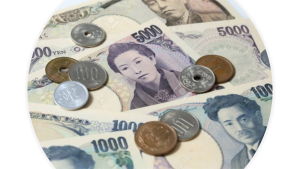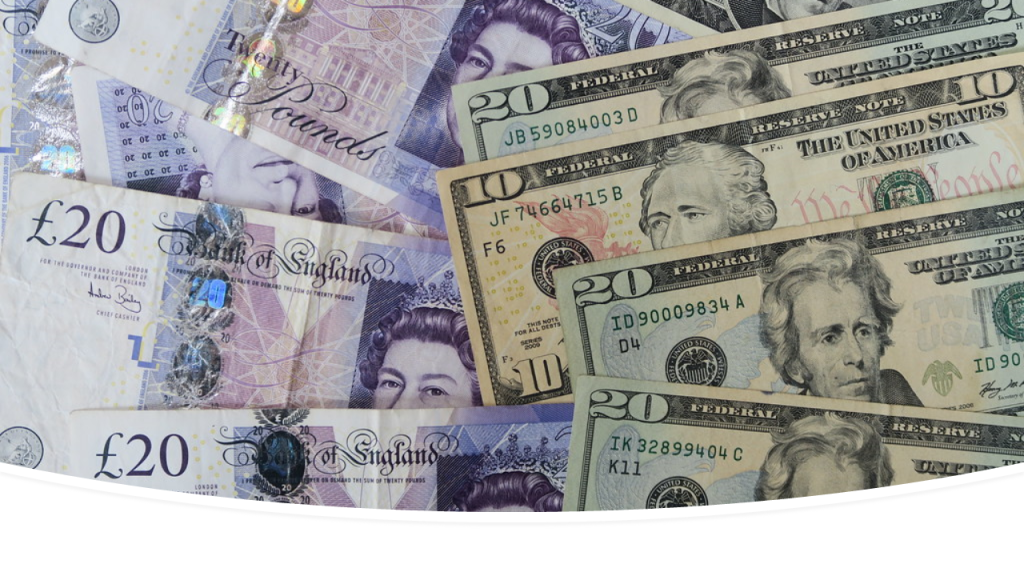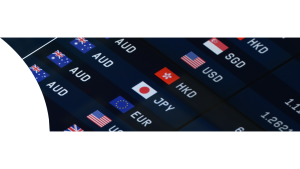BFL Insight: Key Factors of Foreign Exchange across Global Financial Markets
Need to know: Forex (FX) and Currencies
Forex is short for Foreign Exchange (also known as FX) and is a type of trading or investing that involves the exchange between two different currencies. In one particular way, it differs from other financial markets asset classes because you are actually buying one currency and selling another - this means there's no handover of currency for an asset, for example when stocks get bought or sold. When trading or investing in the Forex markets, there are two decisions to make. The first is what currency do you believe will go up in value and secondly whether another currency may fall, or appreciate less than, compared with the first currency. Foreign Exchange, therefore, is a relative value trade or investment.
Even if you are not actively investing in or trading Foreign Exchange, if you have a portfolio of financial markets assets that are across various geographical locations and in different economies, then you have a Foreign Exchange risk. It is, therefore, important for stock, bond and commodity investors to understand how the Forex markets can impact their portfolios.

Factors Influencing Forex Markets
Forex investors and traders who approach financial markets from a fundamental point of view will need thorough knowledge about macroeconomic factors. This means researching recent and upcoming data and understanding how this data impacts the economies of the nations whose currency is going to be either bought or sold.
Another key factor for Forex investors and traders is to be aware of Central Bank policies for both the countries they're planning on doing the Forex transaction on. Central Bank attitudes towards economic growth/inflation rates, need to be researched and followed, are there upcoming meetings of the Central Banks and if so, what are their odds of moving interest rates higher or lower, or changing other parts on monetary policy? Are any meeting minutes about to be released from previous meetings that could shed light on this decision process? Are there members of the Central Bank’s decision-making committee due to speak, and are they more of a hawk (more likely to raise/ not cut interest rates and focus on inflation), or a dove (less likely to raise/ more likely to cut interest rates and have more of a focus on growth and employment)?
There is also a need to monitor and appreciate global geo-political events that can have a significant impact on currencies. It is important for currency investors and traders to keep up with what's going in these countries and on a global front.
We are now going to look at some of the different major, global currencies and how they are broadly viewed.
Safe Haven Currencies
| When economic uncertainty increases, investors seek out safe haven assets and also safe haven currencies. Even if the economic uncertainty does not end up prevailing, the perceived risk leads to a potential “flight to quality”, which has short-term impacts on global markets and of note, the Forex markets. Safe haven currencies would include the US Dollar, the Japanese Yen and the Swiss Franc. When global economic and/ or geopolitical risks are heightened or increasing, these currencies tend to appreciate, that is rise in value, compared to other currencies. Although the Japanese Yen is usually seen as the ultimate safe haven currency, it times of particularly aggressive global stresses (like the 2020 spread of the global pandemic and the breakout of the conflict in Ukraine in 2022), the US Dollar is often the go to, safe haven currency, even over the Japanese Yen. |  |
The Japanese Yen has a longer-term safe haven status on the post-World War2 era, for three main reasons.
- Neutrality in global conflicts. Japan is a country that has been able to maintain its neutrality in international conflicts since World War II. This is largely because of the Japanese Constitution, which prohibits them from participating in wars
- Trade surpluses. Japan's trade surpluses over the decades are an economic positive because they show that the country’s economy is stable
- Repatriation: The Japanese are large savers (relatively globally) and tend to look for investments overseas. This means that when there is a global downturn or a potentially negative economic or geopolitical shock, the Forex market anticipate that these large savers will bring their funds back home to Japan, to repatriate the funds. As the Japanese investors are expected to sell the overseas assets and transfer the funds back to Japan, they will see the foreign currency and buy Japanese yen, causing those currencies to fall relative to the Yen
Reserve Currencies
A reserve currency is a large amount of a currency maintained by major financial institutions and in particular by central banks for transactions investments, and international debt obligations, or even to buy or sell to impact the Foreign Exchange rate. A large percentage of commodities (for example oil and as gold), are priced in the reserve currency, which means other countries need to hold this currency to pay for these goods.
The world’s major reserve currency the post-World War2 era has been the US Dollar. But the other two major world currencies, the Euro and Japanese Yen are also seen as reserve currencies, and even to a lesser extent the GB Pound.

“Risk” Currencies
With the major global commodity currencies, the "risk" or commodity currencies are seen as the Canadian, Australian and New Zealand Dollars. These three currencies are also known as the “Dollar-bloc” as they are all Dollars. These currencies tend to do well, to appreciate when the global economic outlook is positive and/ or when geopolitical risks are falling. This is because the economies associated with these currencies are significant producers and exporters of commodities. Canada exports significant amounts of oil, lumber, precious metal, gems and aluminium. Australia exports a broad number of commodities, which include base metals, such as Copper and Iron ore, and energy products, mainly coal. New Zealand is a huge exporter of dairy produce, with lumber and meat also prominent. When the global economy is doing well, there's a heightened demand for commodities which causes higher prices and therefore benefits these economies. Their currencies will also likely appreciate relative to other, non-commodity currencies, due to increased demand and trade with other countries and also because of the higher commodity prices themselves.
Forex Markets into Q2 of 2022
|
|
Q1 of 2022 has seen global financial markets dominated by two significant events. First of all, the spectre of inflation has increased since late 2021, which had seen global central banks shift to a far more hawkish tone than previously anticipated. The US Federal Reserve has already increased interest rates this year and is anticipated to increase rates at each meetings this year. The Bank of England started the rate hiking cycle in late 2021 and has continued this year. |
The other major event has been the Russian invasion of Ukraine, which has seen financial markets shift from a “risk on” theme (since the recovery from the global pandemic) into late 2021, to a significant “risk off” theme since the start of this year.
In the Forex markets these events have seen the US Dollar rally in January-February this year, then move into an indecisive consolidation phase since the outbreak of the conflict in Ukraine. The main development in latter Q1 2022 in the FX space has been the weakness in the Japanese Yen. This has been due to both the widening differential between long-term Japanese interest rates and the long-term interest rates of other major global economies, plus the move back to a “risk on” theme as global markets have discounted the worst of the conflict in Ukraine. Furthermore, the Yen is weaker because Japan is a net importer of oil, and oil has surged to a multiyear high.

Elsewhere in the FX space, “risk” currencies, notably the Canadian, Australian and New Zealand Dollars have surged higher, given the wider move back to a “risk on” theme, plus the surging global commodity prices.
Finally, both the GB Pound and the Euro have been under negative pressures. For the Pound, this has been partly due to concerns regarding the extremely high inflation levels, which have created more intense stagflation fear, more so than in other parts of the global economy. For the Euro, the still relatively dovish stance of the European Central Bank (ECB) has kept the Euro weaker. For both the Pound and the Euro, the reliance on Russian energy alongside the proximity of the Ukraine conflict means these currencies are less attractive from a global perspective.
 Author:
Mr Steve Miley
BFL Sr. Investment Consultant
Author:
Mr Steve Miley
BFL Sr. Investment Consultant 






